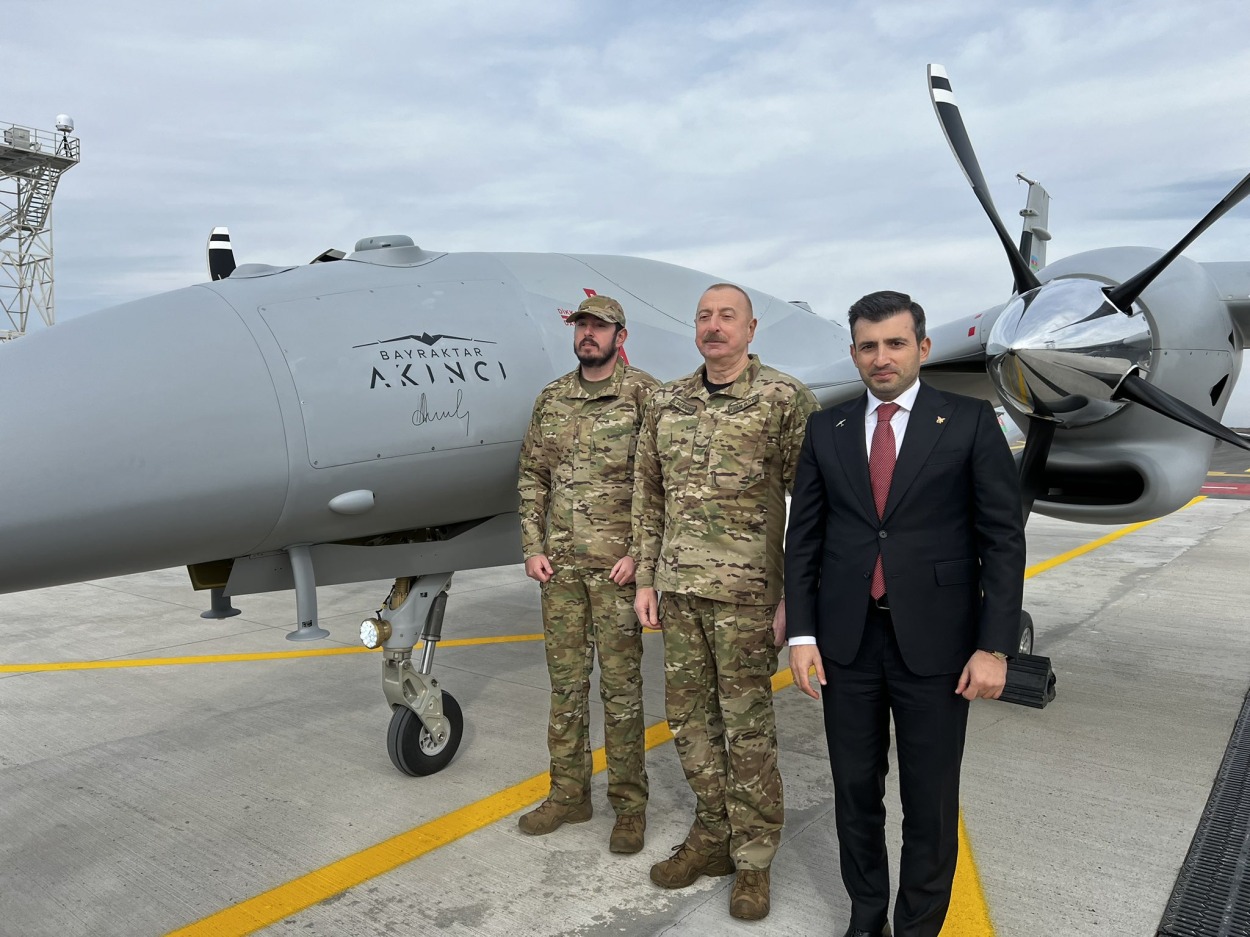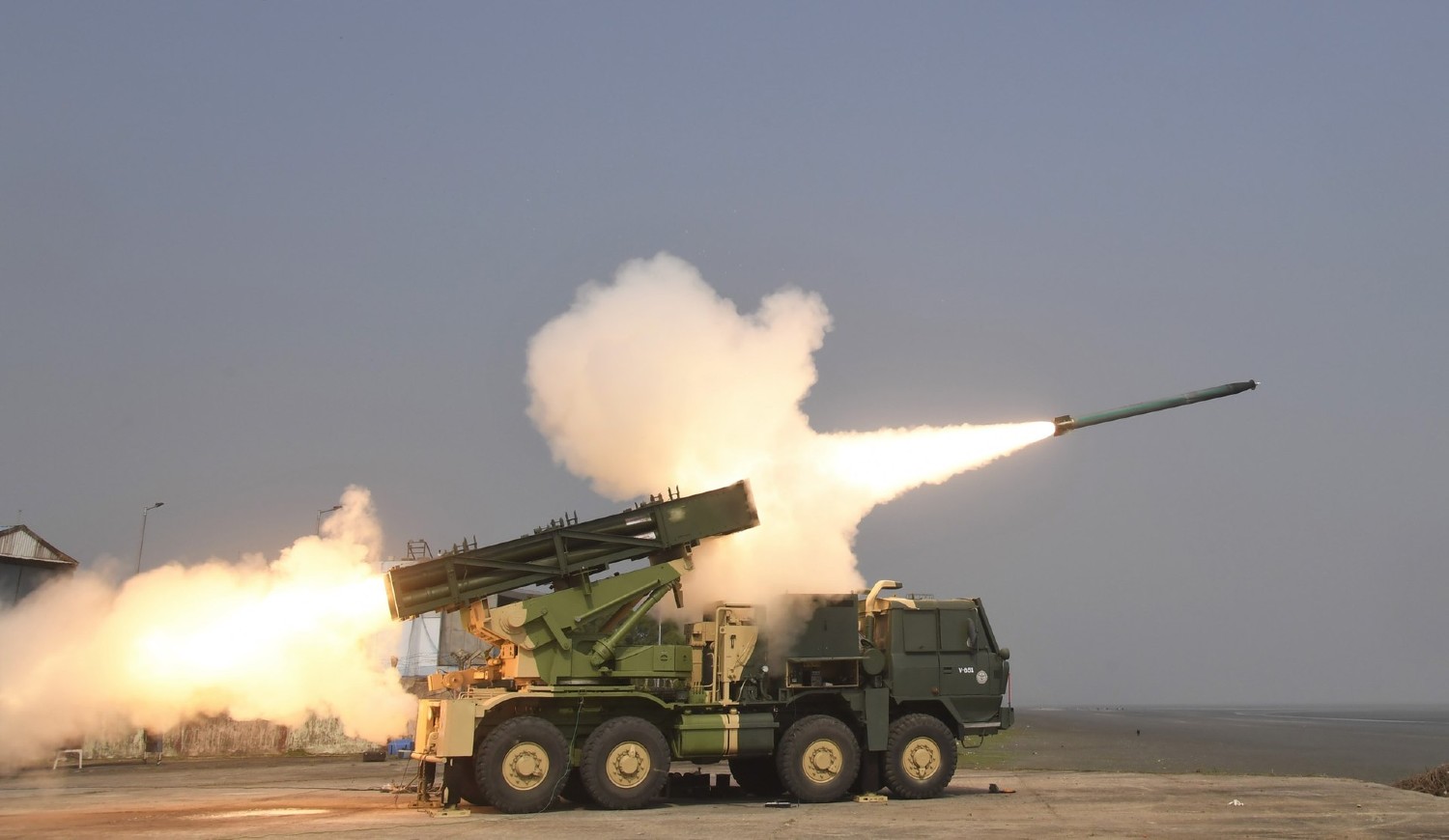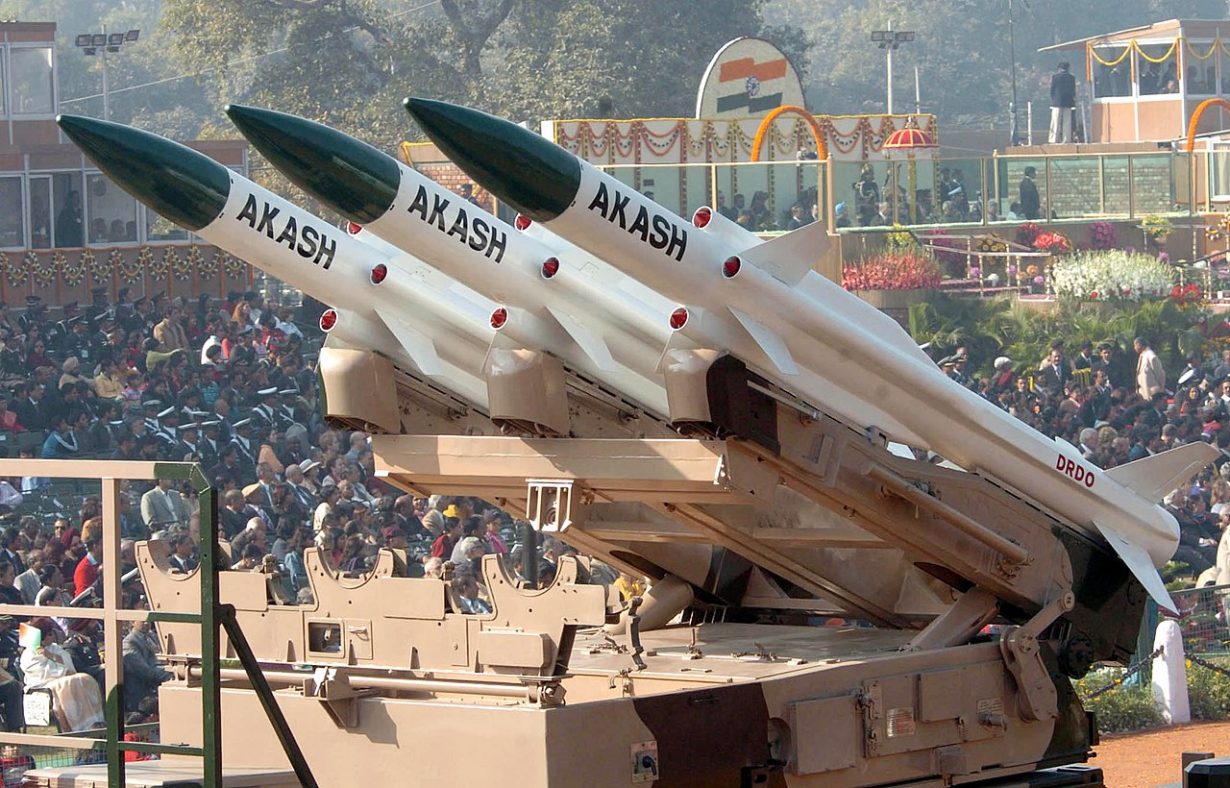As the specter of war between Azerbaijan and Armenia looms, the prospect of Indian and Turkish weapons having a face-off is becoming imminent. Armenian intelligence indicates that Azerbaijan, armed with Turkish and Pakistani weapons, is planning a “full-scale war.” The Armenian response will be scripted by newly acquired Indian and French weapon systems.
The Armenian warning came in the wake of a skirmish on the border that left four Armenian troops dead. Tensions between the two Caucasian countries have been high since Azerbaijan recaptured the Armenian-populated region of Nagorno-Karabakh in September 2023 in a surprise military action.
The territory is internationally recognized as part of Azerbaijan, but a large swathe of its land is under Armenian administration and the casus belli for one of the longest-running conflicts in the world.
Nagorno-Karabakh has a majority of the Armenian population and has declared independence.
The conflict has created two axes – one comprising Azerbaijan, Turkey, and Pakistan and another of Armenia, India, and France. The latest hostilities will see the use of newly acquired Indian weapons like Pinaka multi-barrel rocket launcher (MBRL) to Armenia and Bayraktar Akinci ‘Raider’ drones in Azerbaijan’s inventory.
Amid sporadic incidents of cross-border firing with Armenia, Azerbaijan has showcased the Bayraktar Akıncı unmanned aerial vehicle (UAV) during President Ilham Aliyev’s visit to the recently-opened UAV academy of its Air Force (HHQ).

As reported by the EurAsian Times earlier, Azerbaijan has raised training and operational facilities for its new Akıncı drone. The unveiling ceremony of the Turkish drone was witnessed by the President himself. A set of images published by the President’s office showed an Akıncı with manufacturer serial S46 and Azerbaijani markings.
The purchase of the Akıncı drone has been kept under wraps. Speculations were rife that Baku was among the first few customers as it was already operating the Bayraktar TB2 drone.
Bayraktar Akinci is a high-altitude, long-endurance drone that can be armed with weapons. Akinci is the Turkish word for ‘raider.’ The drone can fire various missiles, both air-to-air and air-to-ground.
The Armenia-Azerbaijan conflict heralded the arrival of drones on the modern-day battlefield, with Armenia acknowledging that the Turkish Bayrakter TB-2 had made the difference, forcing them to concede defeat.
The Bayraktar TB2, developed and manufactured by Baykar, a Turkish defense company, is the size of a small airplane and equipped with four laser-guided missiles. It has an endurance of 12 hours when operating 550 nautical miles from its base. This allows it to be ‘eyes in the sky’ for long periods.
Armenia Bulwarking Itself Against Turkish Drones
Armenia has equipped itself with Indian-made Pinaka MBRLS (considered at par with American HIMARS) and an anti-drone system. The Pinaka was delivered to Armenia via Iran in 2023.
The news was not received well by Baku leadership. Pinaka Mk-1 is a free-flight artillery rocket area bombardment system with a range of 38 kilometers, quick reaction time, and a high rate of fire. A single Pinaka system fires a salvo of 12 rockets from a multi-barrel launcher in 44 seconds, while a battery can fire 72 rockets.

India developed the Pinaka system as a replacement for the Russian GRAD BM-21, which is also present in the Armenian armed forces. Another important reason for Armenia’s choice was apprehension that Azerbaijan would deploy a greater number of drones, including suicide drones.
For an MBRLS to survive in a drone-saturated battlefield, it must have the ability to shoot and then disappear quickly. The Pinaka Mk-1 has precisely that ability.
After importing rocket launchers and missiles from India, Armenia also opted for an anti-drone system from the Hyderabad-based Zen Technologies. Armenia is also keen to learn from India on how to modernize Soviet-era defense equipment.
While there has been no explicit ‘official’ confirmation, there are clear indications that Armenia has purchased an Indian-built surface-to-air missile (SAM) Akash.
Akash is a short-range SAM system manufactured by Bharat Dynamics Limited (BDL) to protect vulnerable areas and points from air attacks. The Akash Weapon System (AWS) can simultaneously engage Multiple Targets in Group Mode or Autonomous Mode.
It has built-in Electronic Counter-Counter Measures (ECCM) features. The entire weapon system is put atop mobile platforms.

It can effectively engage helicopters, fighter jets, and UAVs flying in the range of 4-25 kilometers. It is fully automatic with quick response time from target detection to kill.
It is highly immune to active and passive jamming. It can be transported swiftly via rail or road and can be deployed quickly. The project has an overall indigenous content of 82 percent, which will be increased to 93 percent by 2026-27.
Armenia Doubles Defense Purchases
Armenia has almost doubled its defense investments over the last year. In 2022, the spending was around US$700 million to US$800 million; now, in 2024, it will be US $1.4 billion or US $1.5 billion. The defense contracts with India alone account for a billion dollars.
For some time now, Yerevan has sought to diversify its arms imports and find new allies after Russia failed to provide the country with ordered weapons worth around US$400 million (it has not yet returned the money).
The failed arms deal was an additional trigger in the worsening Russia-Armenia relations, which made Armenia seek to diversify the sources of its arms imports, looking at the West and India.
Geopolitics Of Military Hardware
Azerbaijan has formed a triad with Pakistan and Turkey; soon after the military offensive against Armenia, the three countries conducted a military exercise called ‘Three Brothers.’
Azerbaijan, which supports Pakistan on the issue of Kashmir, has received weapons from Islamabad. Pakistan’s relations with Azerbaijan have been close over the last few decades, so much so that Islamabad still refuses to recognize Armenia.
As far as Turkey is concerned, the country has criticized the abrogation of Article 370 in the erstwhile Indian State of Jammu and Kashmir while openly supporting Pakistan in various open forums as well as at the United Nations.
The continuous needling by the three countries on the issue of Kashmir has been a big irritant to India. The chasm between Azerbaijan and India has been expanding as India abstained from inviting Azerbaijan to the BRICS summit and also did not sign a declaration of support for Azerbaijan from non-aligned movement (NAM) countries after hard-line Shia outfits raided the Azerbaijani embassy in London on August 4, 2022.
Hence, New Delhi’s decision to supply weapons to Armenia underlines India’s “new-found” willingness to ditch its non-aligned principles and take sides in pursuit of its global interests.
Armenia and Azerbaijan fought a war over the territory in the late 1980s and early 1990s. The conflict escalated in 2020 when six weeks of fighting left thousands of people dead. A ceasefire was enforced by Russian peacekeepers. But with Russia being busy in Ukraine, military action could start again.
A high-ranking Indian Air Force official, now retired, told the EurAsian Times on condition of strict anonymity that in case the war erupts, Akash missiles could devastate Turkish-origin TB2 and Aknici drones. After the limited success of TB2 drones, Russia easily neutralized slow-moving, bulky drones, forcing Ukraine to change tactics. Even the US is retiring the ‘world’s best’ $100 Million MQ-9 Reaper drones as they can be easily shot down in a contested environment.
For Pinaka, just like HIMARS, Russia is still struggling to counter them; what can poor Azerbaijan do? Absolutely nothing! And remember, there will be absolutely no shortage of ammo supplies for India. However, India hopes for peace and not war, he concluded.
- Ritu Sharma has been a journalist for over a decade, writing on defense, foreign affairs, and nuclear technology.
- She can be reached at ritu.sharma (at) mail.com
- Follow EurAsian Times on Google News




